
Alcohol widens the blood vessels in the eyes, causing more blood to flow through them, increasing their appearance and volume. It can also cause yellowing of the sclera (whites) from jaundice caused by alcohol and liver complications. For most people who drink, alcohol is a harmless part of the evening — a beer after work, a glass of wine with dinner, or a drink or two with friends. The Centers for Disease Control and Protection (CDC) recommend that women have no more than one drink per day and that men have no more than two. However, for some people, alcosignshol use doesn’t stop at just a couple of drinks, and it can spiral out of control into addiction.
What Is The Most Popular Program For Recovering Alcoholics?
Unexplained bruises, frequent injuries, and diminished physical performance may also be signs of alcoholism. MCV is the average concentration of hemoglobin in a red blood cell. Elevated MCV is found in approximately 50 to 60 percent of chronic heavy drinkers.

Can People With Alcohol Use Disorder Recover?
- People cannot treat severe alcohol intoxication — or alcohol poisoning — at home.
- The hydroxyl group is referred to as a hydrophilic (“water-loving”) group, because it forms hydrogen bonds with water and enhances the solubility of an alcohol in water.
- One size does not fit all and a treatment approach that may work for one person may not work for another.
Behavioral treatments—also known as alcohol counseling, or talk therapy, and provided by licensed therapists—are aimed at changing drinking behavior. The most severe form of alcohol withdrawal is delirium tremens (DTs), characterized by altered mental status and severe autonomic hyperactivity that may lead to cardiovascular collapse. Only about 5 percent of patients with alcohol withdrawal progress to DTs, but about 5 percent of these patients die. The affects can range from dementia and intellectual functioning to debilitating conditions that require long-term care, even if a person has been sober for a period of time.
Alcohol and Mental Health
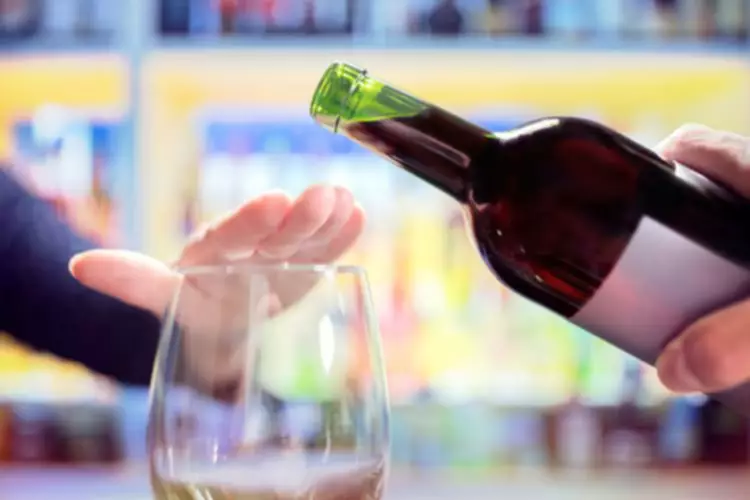
Alcohol depletes essential nutrients like B vitamins, crucial for healthy nerve function. This can lead to nerve-related itching, known as generalized pruritus. Estimates suggest up to 25% of chronic itch cases relate to alcohol misuse.
- The toxic effects of alcohol on the heart can weaken the muscle and impair its ability to pump blood effectively, putting individuals at a higher risk of heart attacks and strokes.
- Long after the acute effects of intoxication have faded, excessive alcohol consumption can continue to cause health risks.
- Alcohol can have temporary and long-term effects on your physical appearance.
- Alcohol abuse causes the body to be unable to metabolize certain substances such as bile salts, corticosteroids, and histamine.
- But a good indicator of an alcohol addiction is when something is “out of whack” in your life,according to Dr. George Koob, director of the National Institute on Alcohol Abuse and Alcoholism.
Drinking alcohol may make you more likely to develop certain skin conditions, such as psoriasis, rosacea, and seborrhoeic or nummular dermatitis. The same study found a physical characteristics of alcoholics correlation between drinking wine and the visibility of blood vessels in the cheeks. However, these conditions can also develop in people who don’t drink at all (5).
My Loved One Needs Help
This can develop into alcohol hepatitis, which is the inflammation of the liver. If you’re worried that you might have alcohol use disorder, don’t try to quit cold turkey on your own. Now a clinical https://ecosoberhouse.com/ psychologist who works with people with addictions, Utter knows alcohol-use disorder falls on a spectrum. While some people with it do look like those bar patrons, many look perfectly healthy.
- A 2014 study in the journal Clinical Endocrinology found that alcohol disrupts the body’s fluid balance, leading to water retention in the skin.
- Drinking a lot on a single occasion slows your body’s ability to ward off infections–even up to 24 hours after getting drunk.
- People can survive alcohol poisoning if they receive appropriate treatment.
- Behavioral therapies can help people develop skills to avoid and overcome triggers, such as stress, that might lead to drinking.

This occurs when your body breaks down alcohol and creates acetaldehyde. Acetaldehyde makes your body release histamine, which enlarges your blood vessels (known as vasodilation). Between 3 and 43 percent of alcoholics suffer from thrombocytopenia, a low level of platelets in the blood. Low plateletcounts affect the body’s ability to make clots to stop bleeding. Alcoholics often have defective red blood cells that die prematurely, which can cause a lower-than-normal red blood cellcount. Gastrointestinal bleeding, a symptom some alcoholics experience, can also cause anemia, as can iron deficiency.



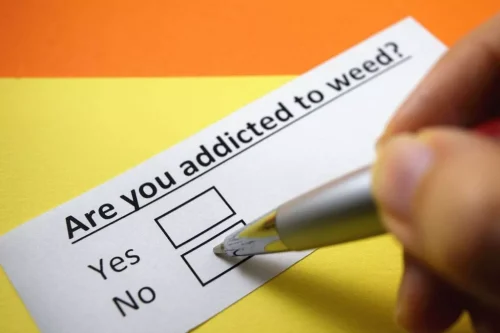




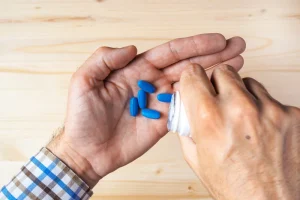







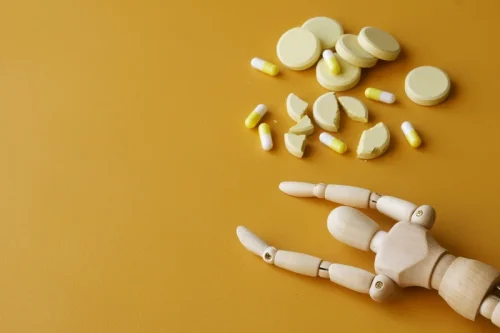
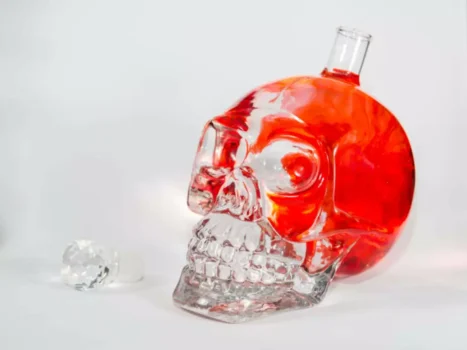





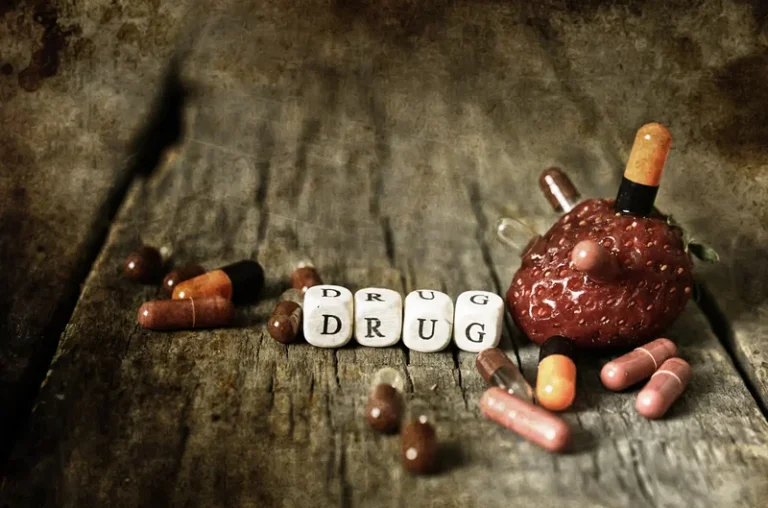
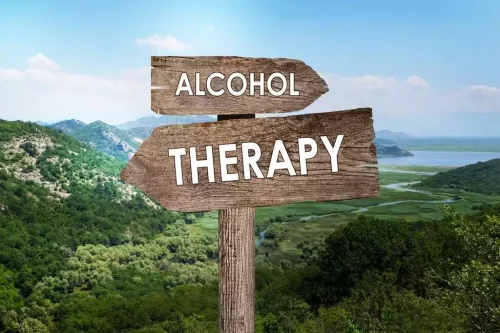





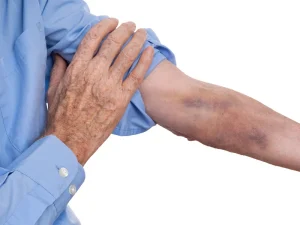


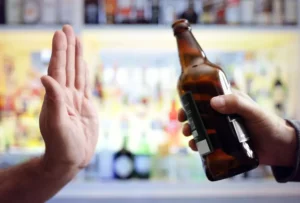

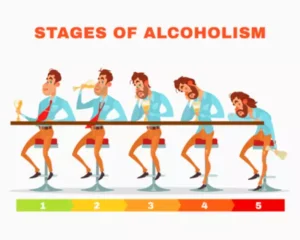







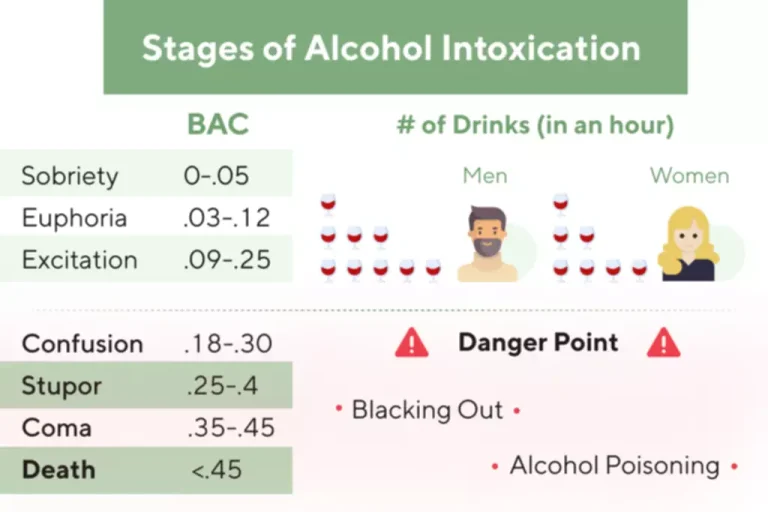
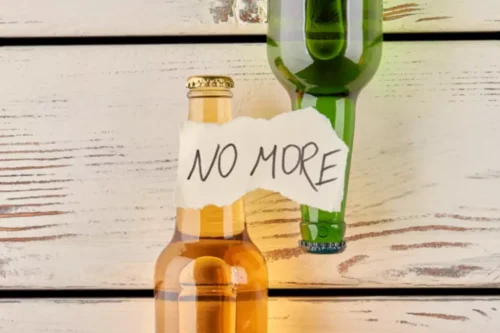


Recent Comments